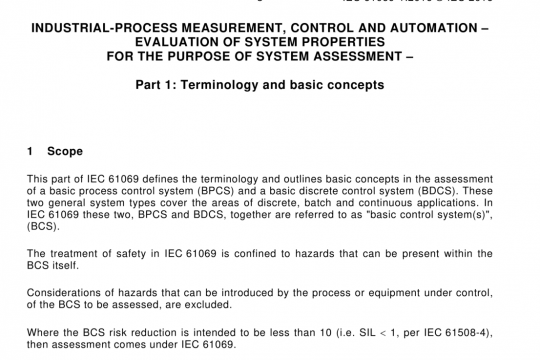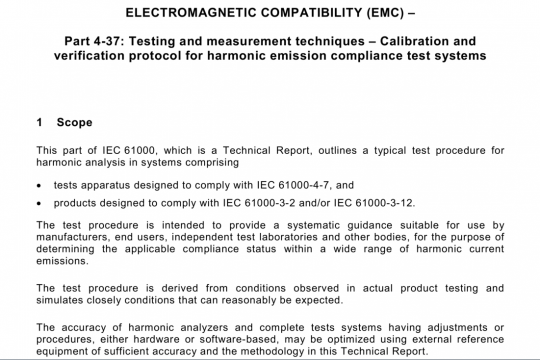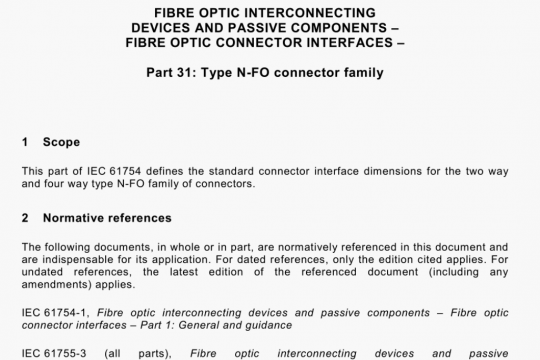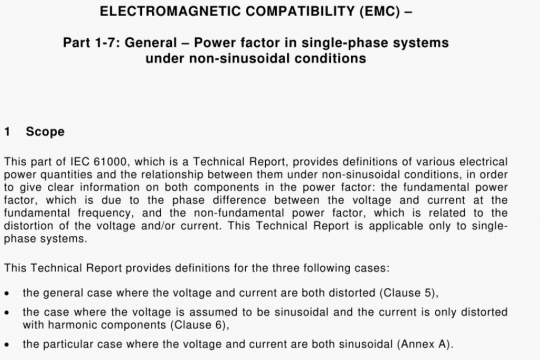IEC 62435-9 pdf free download
IEC 62435-9 pdf free download.Electronic components一Long-term storage of electronic semiconductor devices一 Part 9: Special cases.
4 Component storage cases
Semiconductor storage encompasses a number of different types of devices in many forms that challenge customer-supplier interactions. Silicon and semiconductor device building blocks of all types are integrated together to into products in the form of either packages, modules or boards that can be stored as fully assembled units or partial assemblies. The devices in a 2.5D or 3D product can include, Si logic, semiconductor memory, power devices, radios and MEMs. Storage at intermediate steps is a method to control costs and manage configurations or end product features. Each device or subassembly can be procured from a different foundry or assembly site. The storage risk assessment and mitigations shall consider all elements as finished or in partial assembly.
Local environments for long term storage can be unique to the application or to the type of subassembly being stored for further assembly. Different device types that are integrated into a single package or module can have different storage requirements that should be considered during long term storage. A product can contain a single die or multiple dice (example: a CMOS processor, a GaN radio, sensors and a new type of memory). Each device technology can impose storage requirements. For example, the memory can need to be removed from x-ray or high magnetic field sources and the sensors can need storage in a dark environment or – pressure environment. The storage risk assessment should consider the unique storage requirements of each device and the storage environment.
The customer supplier interactions and agreements for storage should account for the possibility and complexity of intermediate assembly of heterogeneous devices. Successful customer-supplier interaction involves clear expectations for device provenance, traceability and identification.
5 Storage of memory devices
5.1 General
Storage of solid-state memory devices can impose additional considerations to long term storage because of the different sensitivities in the storage environment and the different device types. Another complicating factor to non-volatile memory storage is that components can be stored in long duration with data written for later use after final assembly. The time between read and write can be years. The risks associated with each memory shall be determined using a standardized risk assessment process, e.g. FMEA per IEC 60050-192. Examples of known interactions for different memory types are provided in Table 1 for reference. Similarly, Annex A indicates examples of ownership that should be considered during documentation and business agreements.
5.2 Semiconductor memory device types
A number of different types of memory exist with different sensitivities to the ambient environment. Memories can use different types of substrates or different physical phenomena to store charge or state. Historically memories have been known to have degraded ability to store charge when stored in higher temperature environments. The same memories are also sensitive to x-ray radiation to various degrees. Some memories utilize different mechanisms to store data such as magnetic spin or alterations in resistance and changes in the materials phases. Magnetic memories can be sensitive to high field environments while phase change memories can have a sensitivity to other environmental factors experienced in storage.IEC 62435-9 pdf download.




